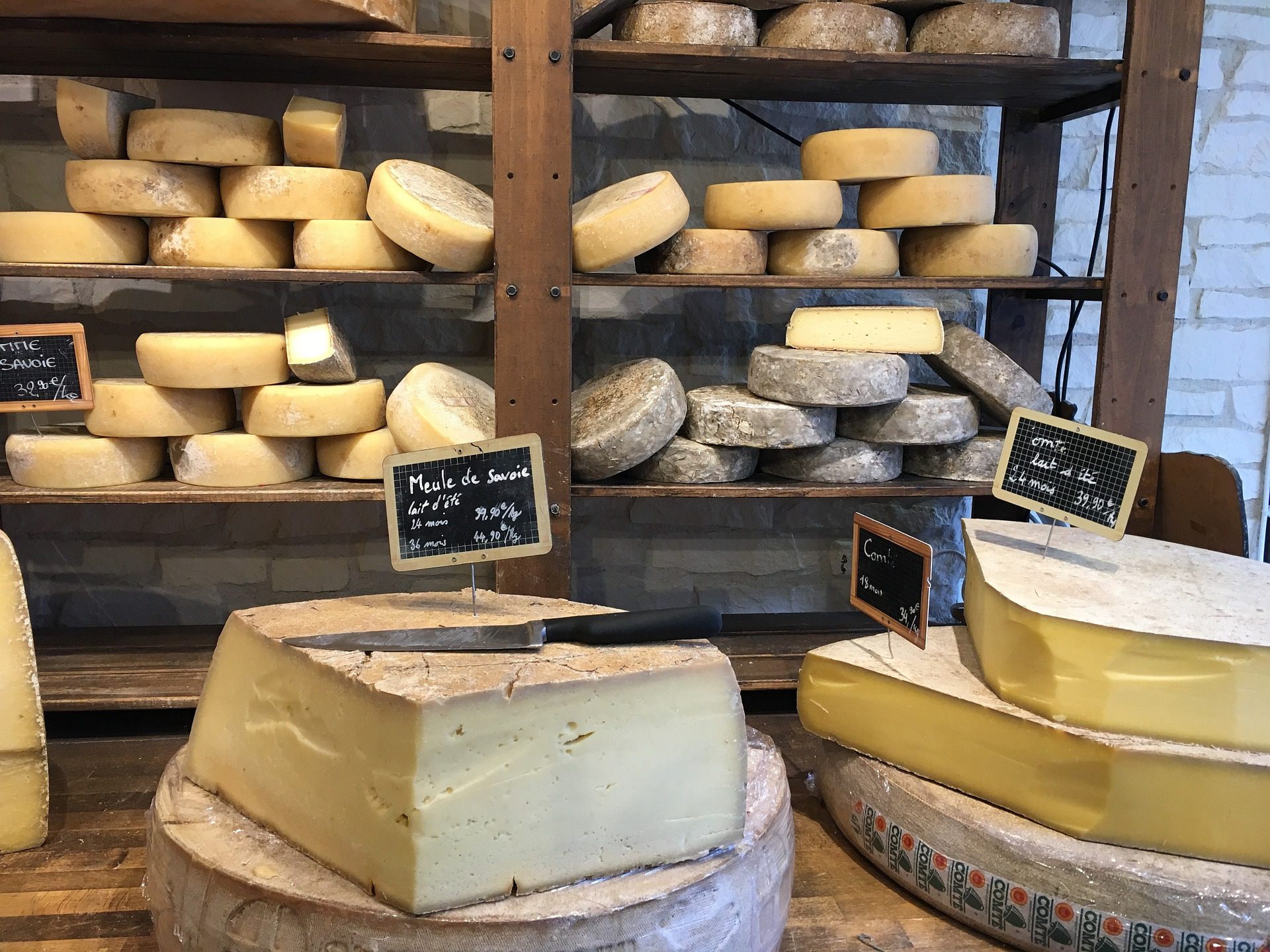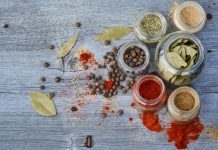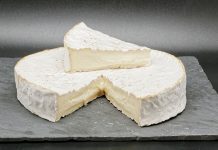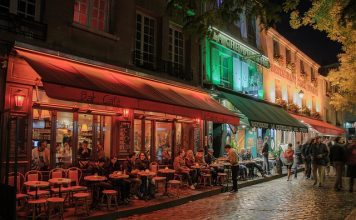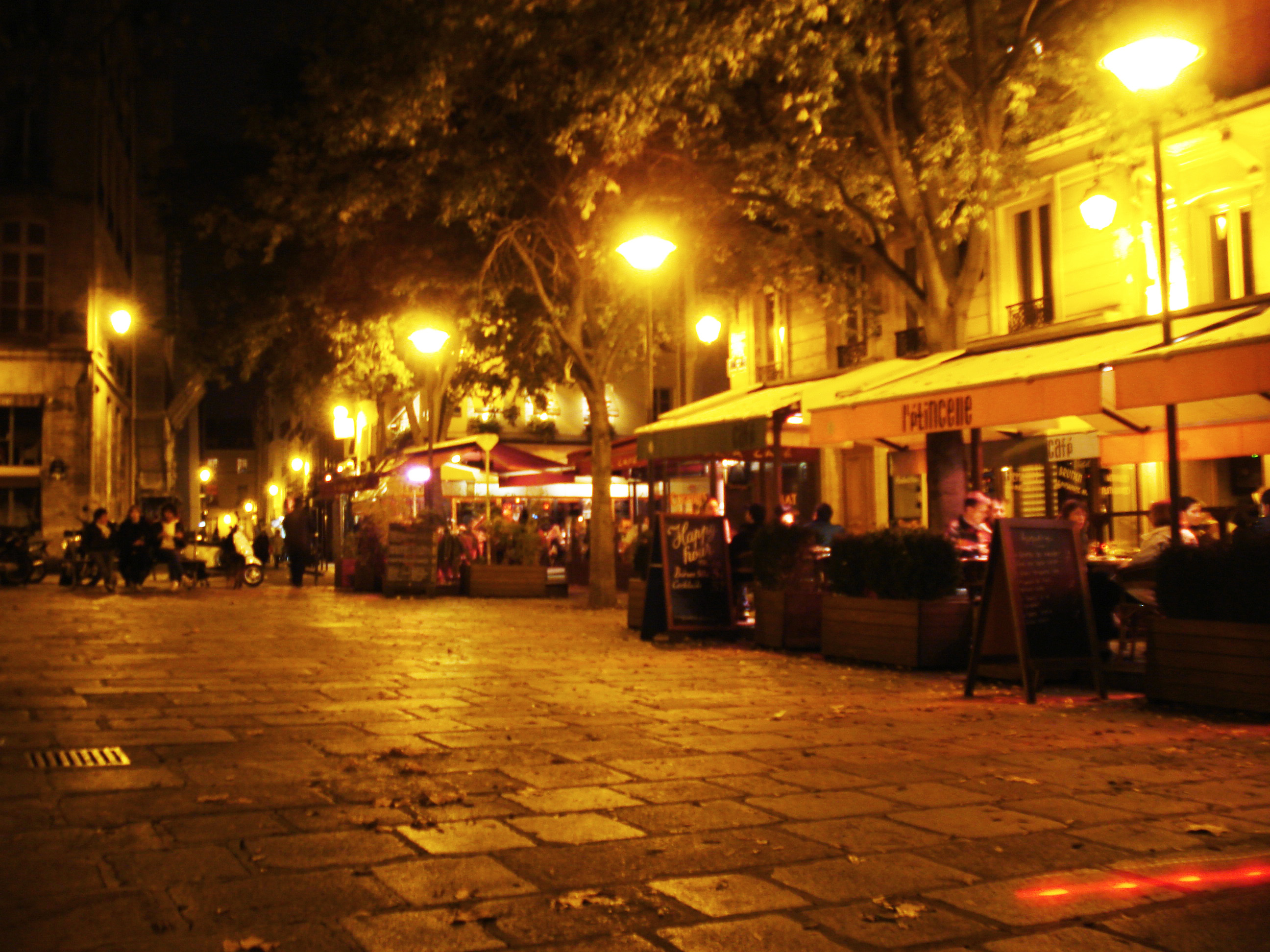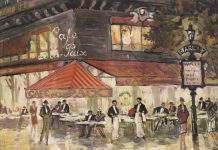Les huit familles de fromage
There are an estimated 1500 types of French cheese divided into 400 varieties split into the eight families of French cheese known as les huits familles de fromage.
- Les fromages frais-Fresh cheese
- Les pâtes molles à croûte fleurie-Soft cheese with a flowery rind
- Les pâtes molles à croûte lavée-Soft washed rind cheese
- Les pâtes persillées-Blue cheese
- Les pâtes pressées non cuites-Uncooked pressed cheese
- Les pâtes pressées cuites-Cooked pressed Cheese
- Les chèvres-Goats cheese
- Les fromages fondus-Processed cheese
1.Fresh Cheese-Les fromages frais
These are the famous rindless(as they are not matured) white cheeses. They can be a dessert, breakfast, or snack with fruit. Enjoyed savory or sweet with a spoon all year round.
Among these are Cervelle de canuts ,Brousse de Provence, Creuset d’Anjou, la Faisselle Fromage Blanc .
Made from cow’s milk, goat’s, or sheep’s milk.
2.Soft Cheese with a flowery rind-Les pâtes molles à croûte fleurie
The term “flowery” describes the white and velvety surface of the rind. During the whey draining, the cheese maker sprays a liquid containing a tiny fungus, the “penicillium candidum,” which will form a white down on the surface of the cheese.
The texture is smooth, soft, and supple. The body is shiny and ivory in tone, and the smell is reminiscent of the stable. The balanced flavor gives off aromas of butter, mushroom, and hazelnut.
This family is represented by Rigotte de Condrieu, St Marcellin, St Félicien, Camembert, Chaource, and Brie.
3.Soft-washed rind cheese-Les pâtes molles à croûte lavée
After removing any mould, the cheese is washed or brushed on the surface with brine and sometimes alcohol.
Under a smooth, yellow to orange-red rind, the body is slightly orange. The aroma of these cheeses is robust, with a dominance of resin, earning them the epithet “strong cheese.” Their full-bodied flavors remain delicate and evoke mushrooms, onions, and sometimes the barn.
This family is represented by Munster, Époisses, Mont d’Or, Pont l’Eveque,les Maroilles.
4.Blue-veined Cheese-Les pâtes persillées
During the production of these cheeses, the curd is crumbled, salted, then seeded with mold, Penicillium roqueforti, or Penicillium glaucum. The cheeses are pricked with large needles, either by hand or mechanically. These create holes allowing the air necessary for the developing Penicillium molds to enter. The pitting technique allows internal and colored molds to develop during ripening and form the typical bluish veins.
Known more familiarly as “blue cheeses,” these are characterful cheeses with a salty, slightly astringent flavor. The texture is melting but can be grainy.
This family is represented by Roquefort, Fourme de Montbrison and Fourme d’Ambert, Bleu de Bresse, Termignon, Vercors Sassenage,
5.Uncooked pressed Cheese-Les pâtes pressées non cuites
These cheeses can be made from cow’s or sheep’s milk. To keep these cheeses longer, the curd has been pressed to extract as much whey as possible.
Depending on the ripening, they give off a slightly pungent hazelnut bouquet. The color of the body can vary from cream to yellow-brown.
The best-known of this family are Reblochon, Raclette de Savoie, Tomme de Savoie, Saint Nectaire, and Cantal.
6.Cooked pressed Cheese-Les pâtes pressées cuites
To preserve cow’s milk cheeses for year-round consumption, the curd was heated and pressed, hence their name “hard cheeses.”
The cooked, pressed cheeses were originally alpine or mountain cheeses. They were made in the mountains in the summer, when the milk is rich and abundant, then taken down to the valley during the winter. Currently, they can be produced more industrially. Some come in the form of huge wheels!
These are the cheeses richest in calcium and protein. Their slow and long maturation gives them their yellow colour, fruity flavor, and firm texture.
The best known are Emmental , Comté , Abondance , Beaufort …
7.Goats Cheese-Les chèvres
These are cheeses made from at least 50% raw or pasteurized goat’s milk. The texture is dense and unctuous, slightly sticky, and sometimes dry. The colour of the body is a fine white and comes in various shapes, pucks, logs, pyramids, or bricks. They are recommended, especially from spring to early fall.
This family is represented by Picodon, Rigotte de Condrieu, Bûche de Chevre, Chevrotin, le Crottin de Chavignol, le Rocamadour, le Valençay …
8.Processed Cheese-Les fromages fondus
Consisting of cooked or uncooked pressed cheeses made from a single cheese or a mixture of ground and processed cheeses. By mixing young and aged cheeses, dairy companies control their flavours. Cream or milk can be added to the paste with spices, herbs, nuts, ham, or other popular ingredients. Processed cheeses are low-fat, plain, or enriched with ham, cumin, nuts, and other popular ingredients.
These are cheeses made by dairy companies under private brands.
The best known are la Cancaillotte and La Vache Qui Rit


